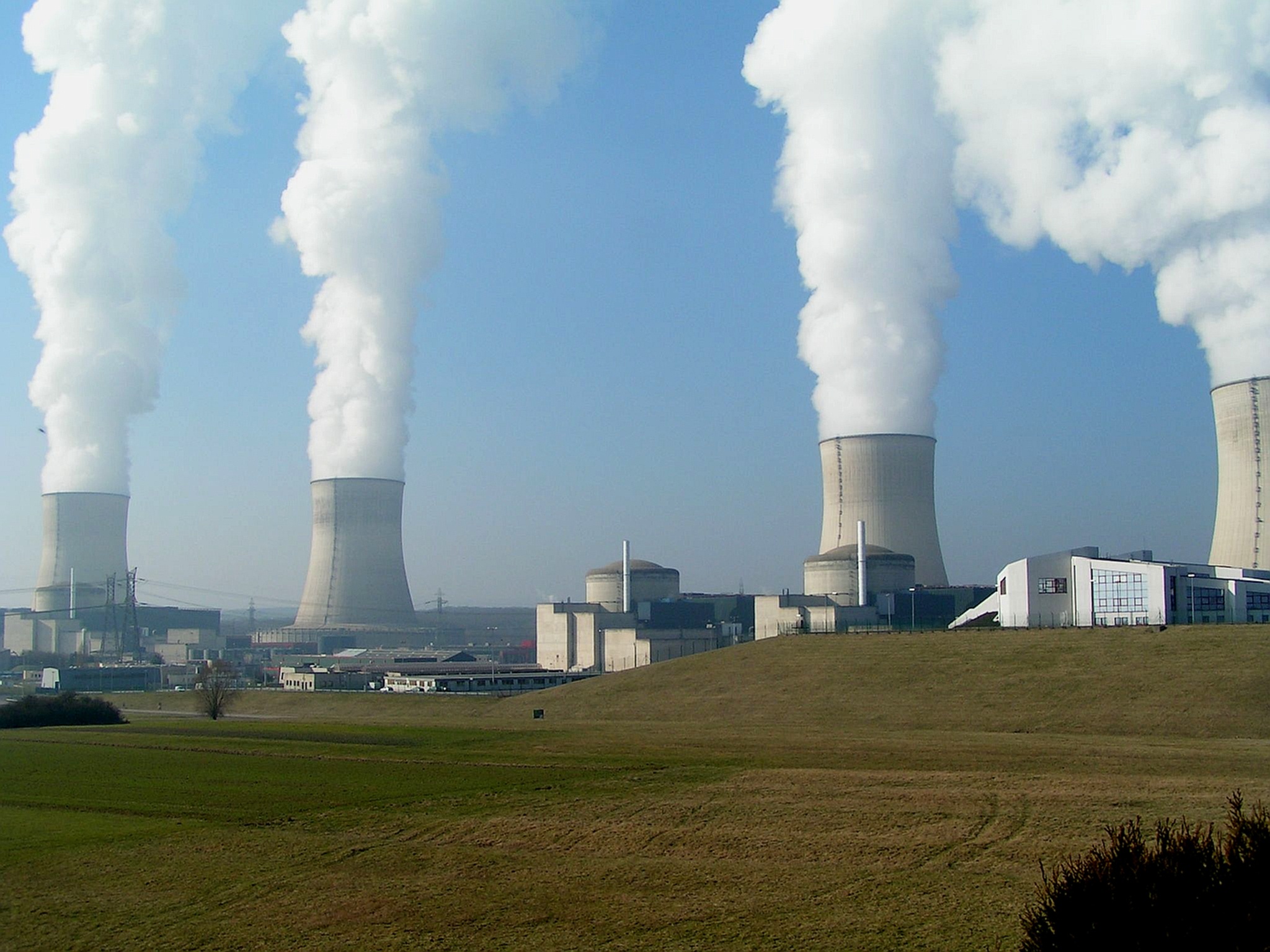Nuclear physics, often perceived as an arcane discipline reserved for the chosen few, exudes an air of complexity that captivates both the curious and the intrepid. At its core, nuclear physics delves into the interactions and behaviors of atomic nuclei, revealing an astonishing universe that operates beneath the surface of everyday experiences. This article explores the intricacies of learning nuclear physics, examining the challenges and intrinsic rewards that accompany this academic pursuit.
The initial impression that nuclear physics is exceptionally difficult stems from its multifaceted nature. It intertwines various disciplines, including classical mechanics, electromagnetism, and quantum theory, creating a tapestry of interrelated concepts that demand both breadth and depth of understanding. Envision this field as a labyrinth: one wrong turn may lead to confusion, yet those who persevere are rewarded with profound insights about the fundamental forces shaping our universe.
During the formative stages of one’s exploration into nuclear physics, the learner encounters an array of mathematical frameworks—linear algebra, calculus, and differential equations. These mathematical tools are the scaffolding upon which the edifice of nuclear physics is constructed. While challenges abound, the intellectual rigor required to master these mathematical methods can ultimately cultivate a formidable analytical acumen. The process resembles carving a statue from a block of marble; each cut, each equation meticulously refined, reveals a clearer image of the underlying phenomena.
Verily, the intrinsic nature of nuclear forces is a captivating paradox. The powerful forces that bind protons and neutrons within the nucleus are counterbalanced by the repulsive forces arising from like-charged protons. This duality demands a nuanced understanding—a skilled pianist deftly navigating the tension between harmony and dissonance. As learners engage with various models, such as the liquid drop model and shell model, they must grapple with the abstraction of concepts that do not always conform to everyday experiences. This dissolution of conventional perceptions of matter can be disconcerting yet exhilarating, representing an invitation to explore the unseen realms of reality.
Additionally, learners must contend with the intricate web of radioactivity and its profound implications. The study of radioactive decay processes, half-lives, and the various types of radiation represents a gradual unveiling of nature’s secrets. It is akin to embarking on a thrilling expedition, venturing into uncharted territories where both danger and discovery lie in wait. Understanding these phenomena is fundamental to appreciating the capabilities and limitations of nuclear technology, thereby fostering responsible citizenship in a world increasingly reliant on energy derived from nuclear sources.
Furthermore, contrary to prevailing myths, the apprehension surrounding nuclear physics may stem as much from societal perceptions as from the discipline itself. The historical context—marked by cataclysmic events such as Hiroshima and Chernobyl—imbues the subject with an aura of trepidation. However, navigating through these complex socio-political landscapes while studying nuclear physics can enhance one’s comprehension. It invites critical thinking regarding ethical considerations and the sustainability of nuclear energy. Reflecting on the discourse surrounding nuclear technology cultivates a well-rounded appreciation that transcends mere calculations and formulas.
One of the quintessential appeals of nuclear physics lies in its ability to unveil the universe’s mysteries. The principles of nuclear fission, fusion, and the role of neutrinos in stellar processes illustrate the elegance of this discipline. These processes echo the primordial forces of creation, inviting learners to engage not just at an intellectual level but at an existential one. The analogy of peeling back layers of an onion aptly embodies this learning journey; with each layer removed, deeper revelations emerge, leading to a profound understanding of the cosmos.
Moreover, the advent of advanced computational methods and simulations has revolutionized the landscape of nuclear physics education. Complex equations once rendered intractable can now be solved with remarkable precision using computational resources. This technological integration transforms the learning experience from a solitary endeavor into a collaborative exploration. It echoes the notion of a cosmic symphony—each participant, through unique contributions, harmonizes their efforts towards a coherent understanding of the universe’s fractures and fissures.
It is also noteworthy that the pursuit of nuclear physics encompasses more than just traditional academic pathways. The rise of interdisciplinary studies calls for an amalgamation of insights from fields as diverse as materials science, medicine, and environmental studies. Learners cultivating a breadth of knowledge can engage more meaningfully with nuclear physics, situating their studies within broader contextual frameworks. This interdisciplinary approach reflects the interconnectedness of all scientific inquiry, revitalizing the learning experience and reinforcing the idea that knowledge transcends disciplinary boundaries.
In summation, while the journey through nuclear physics can be fraught with challenges, its unique allure captivates those who dare to traverse its complexities. The pursuit demands resilience and a willingness to grapple with abstract concepts, yet it rewards the learner with invaluable insights into the workings of the universe. As one navigates through the intricacies of nuclear forces, radiation, and ethical considerations, they emerge not merely as knowledgeable scholars but as informed stewards of scientific progress. The endeavor may indeed be arduous, akin to scaling a formidable peak, yet the panoramic vistas awaiting those who summit are indescribably worthwhile.












